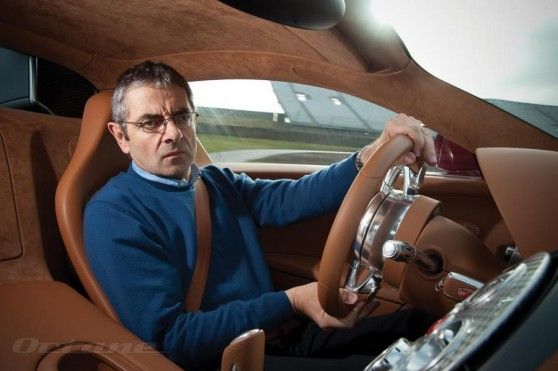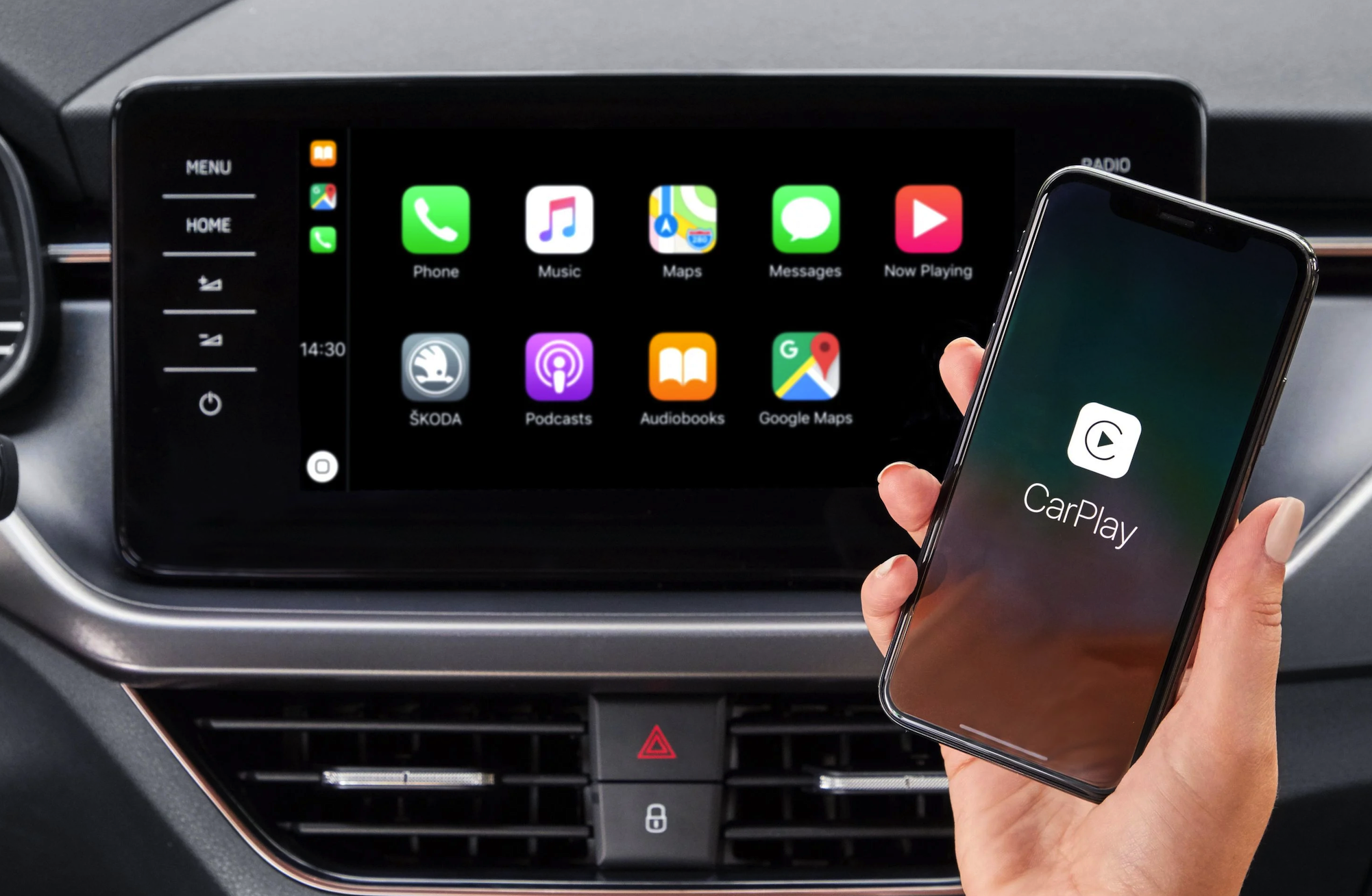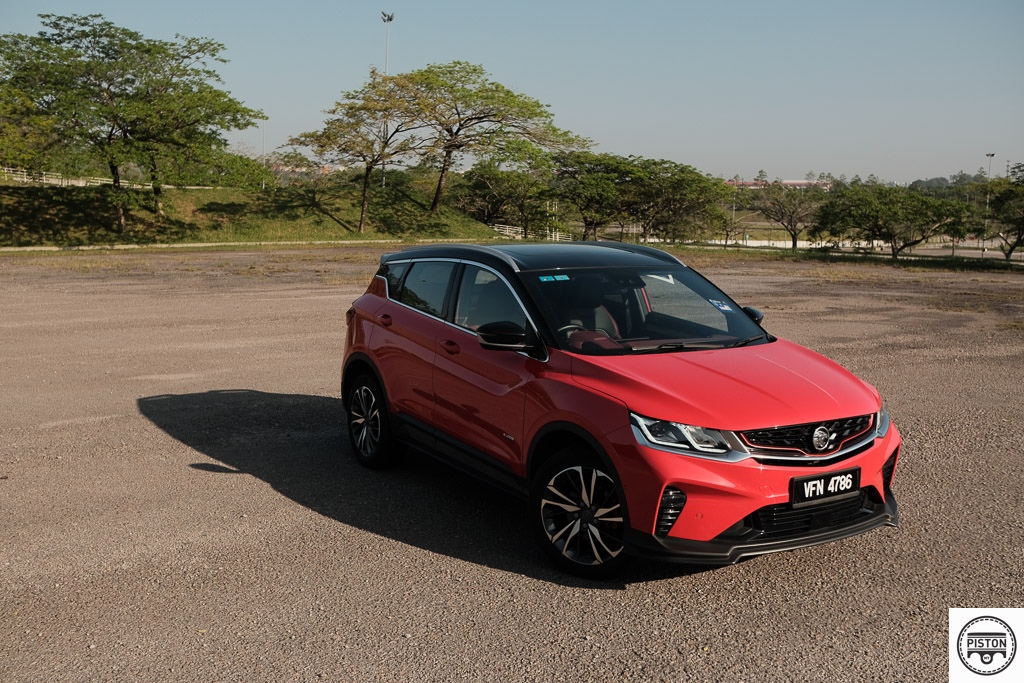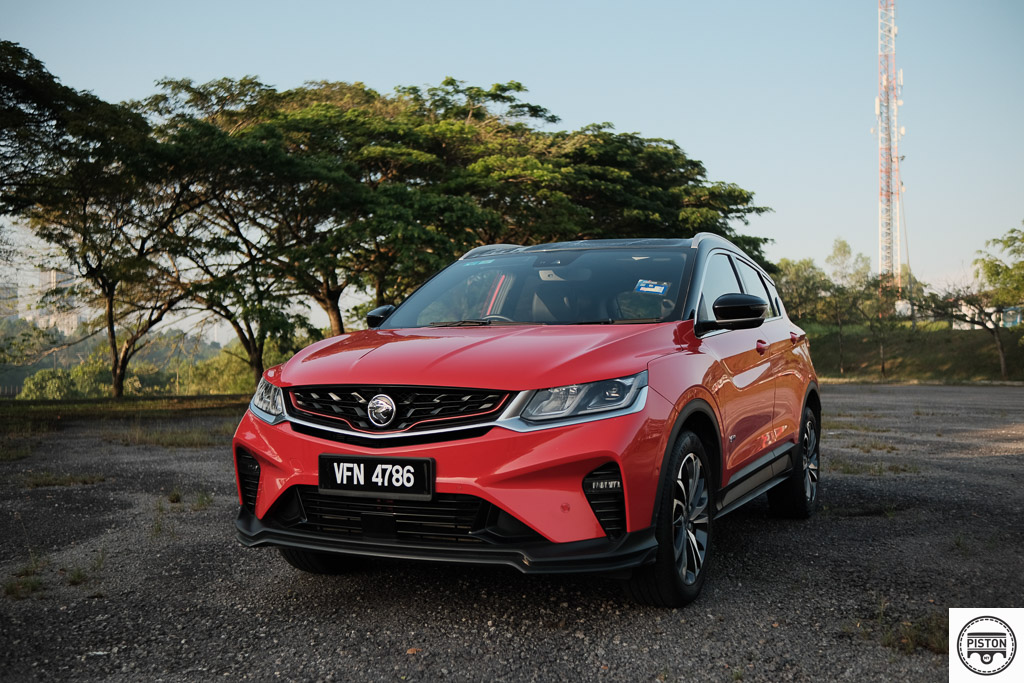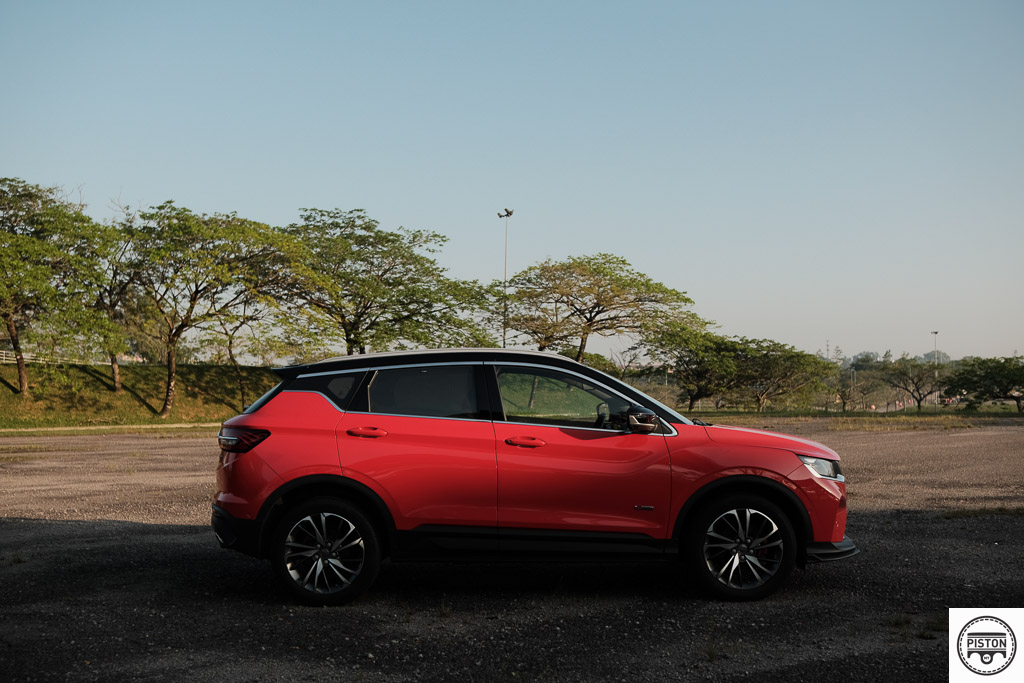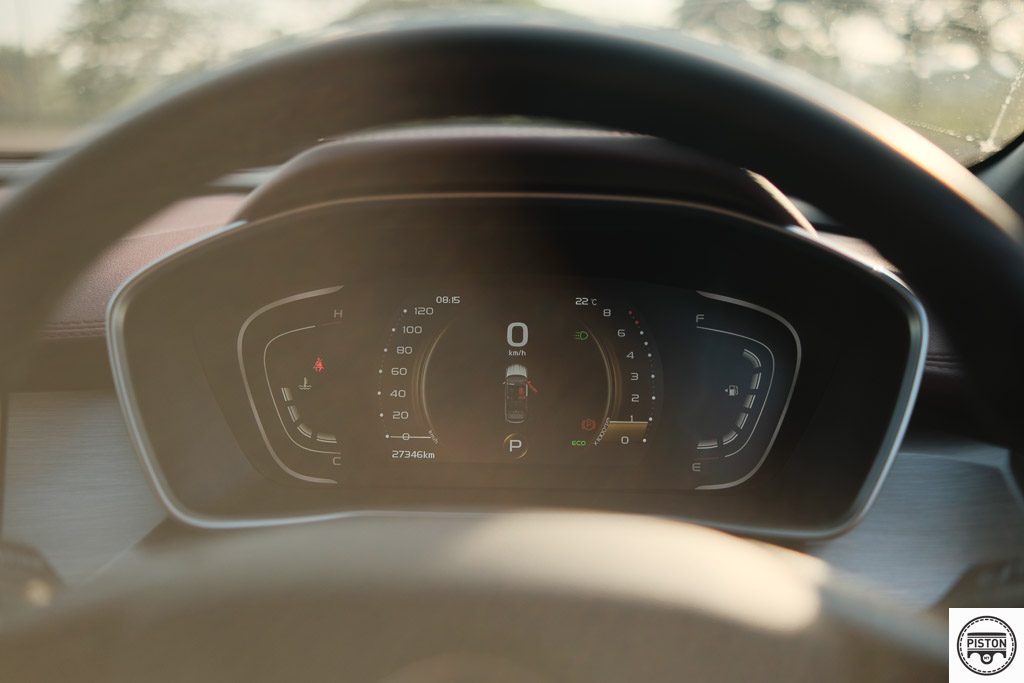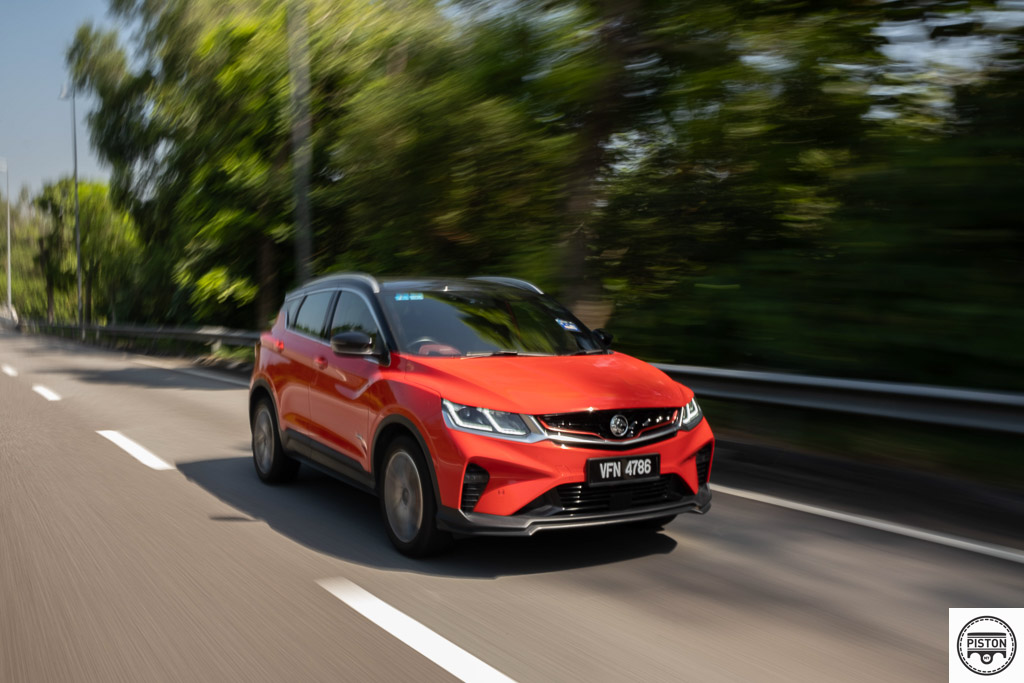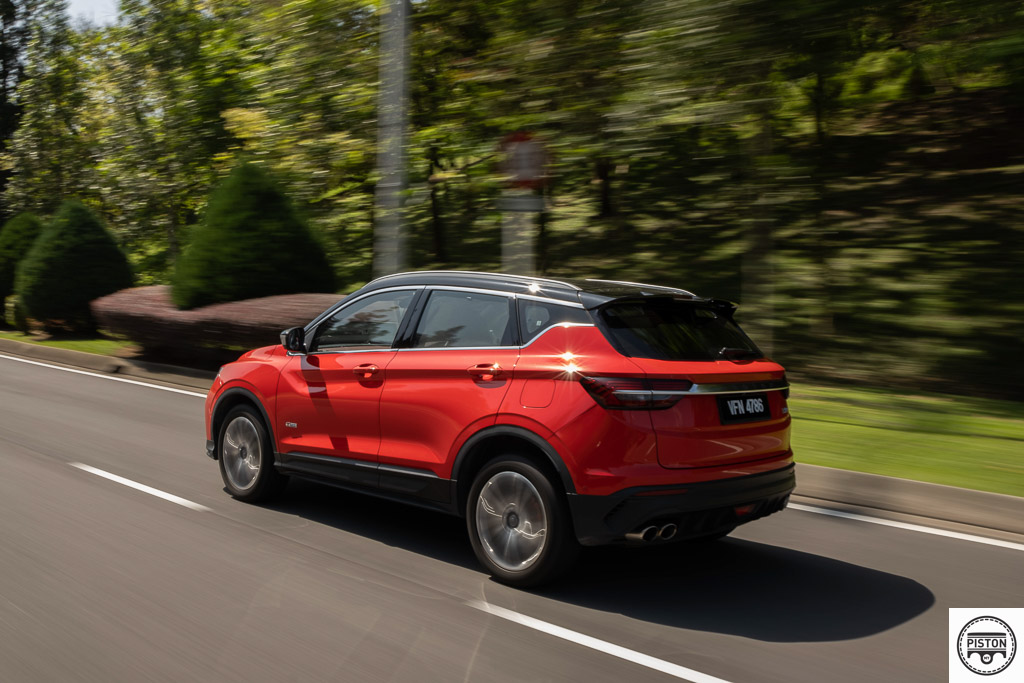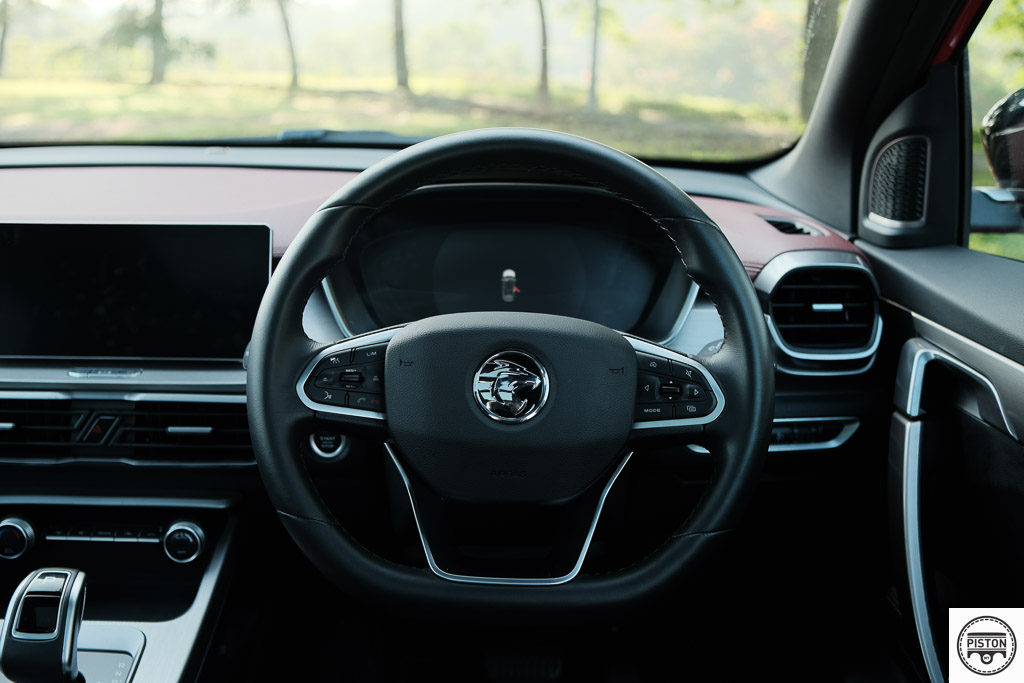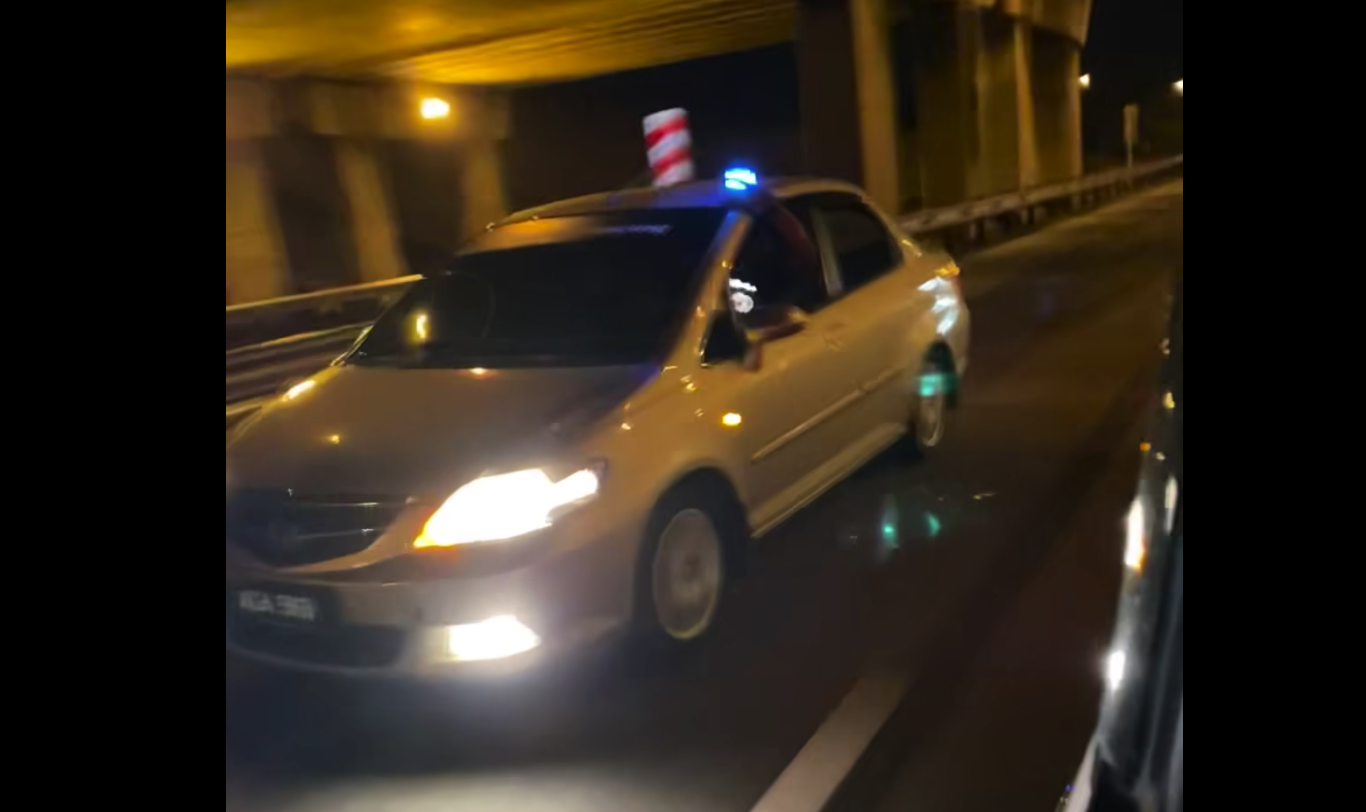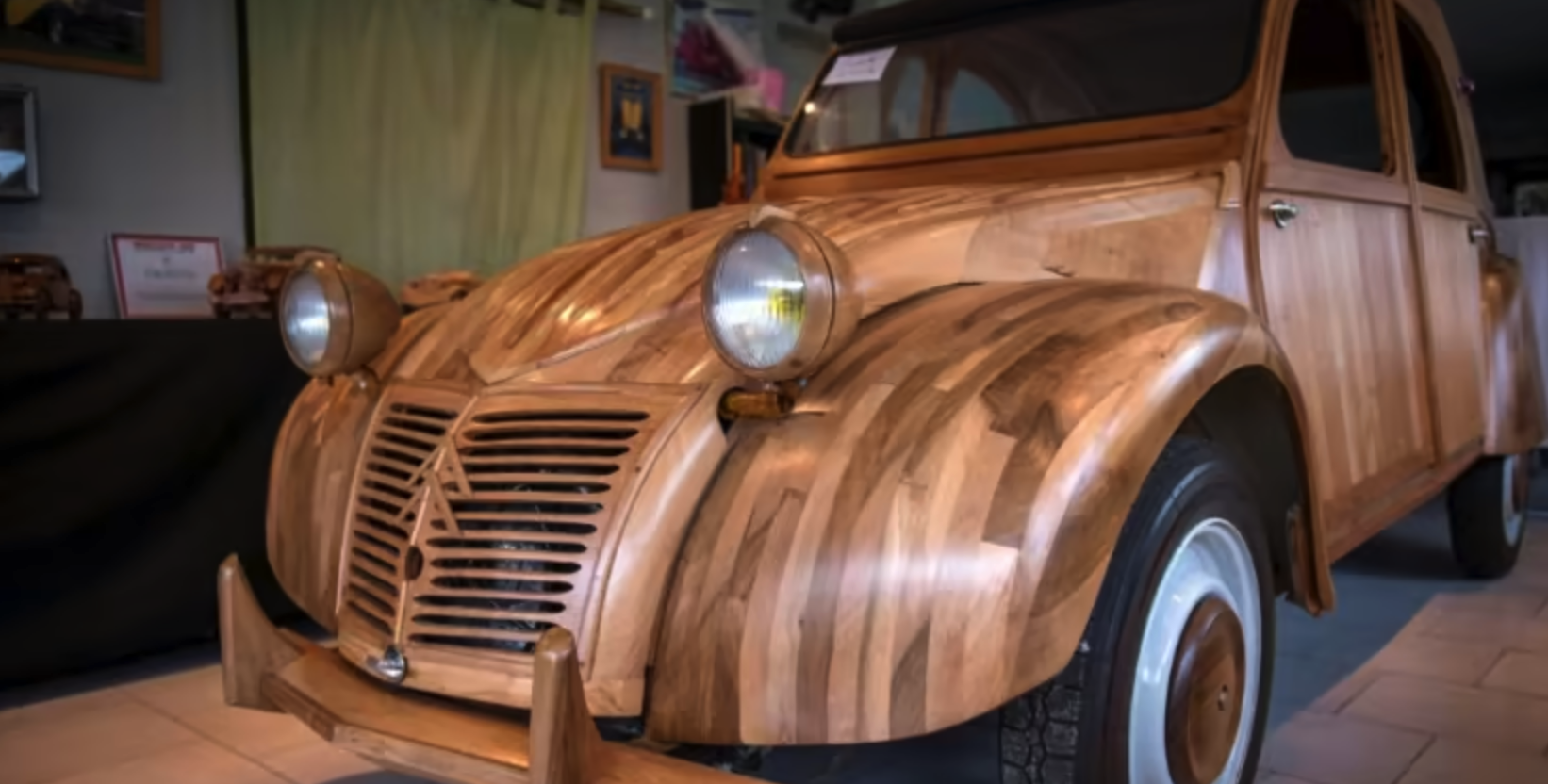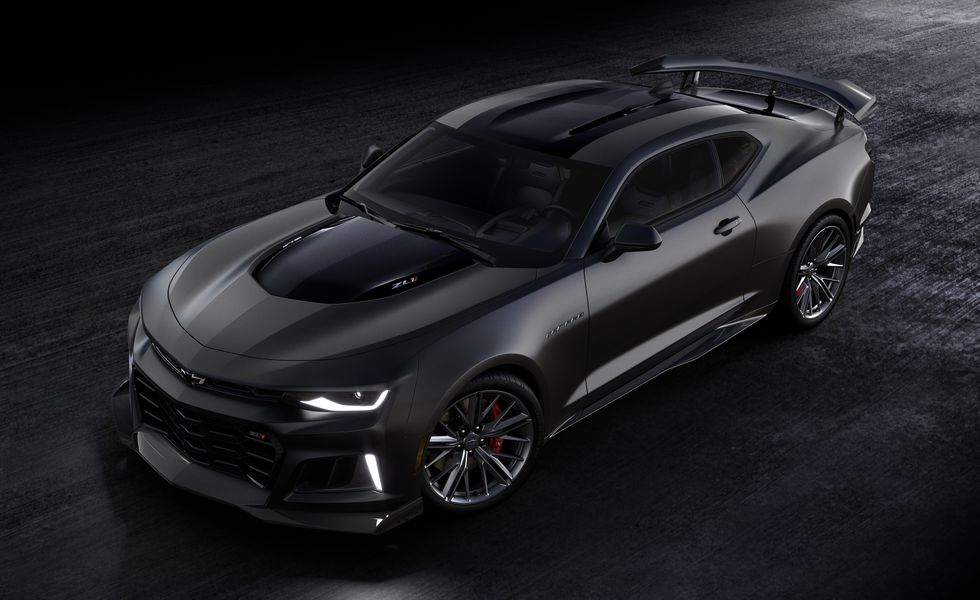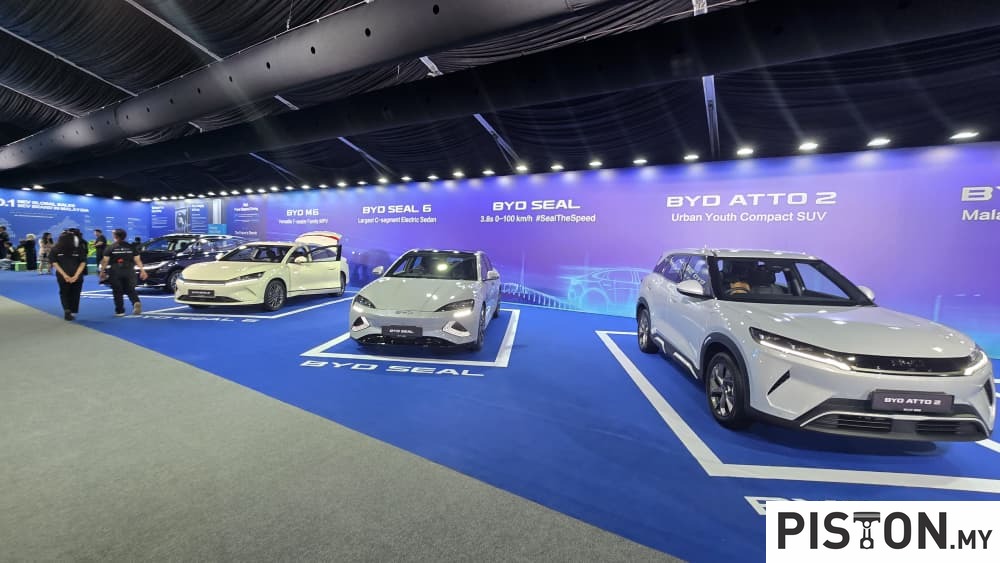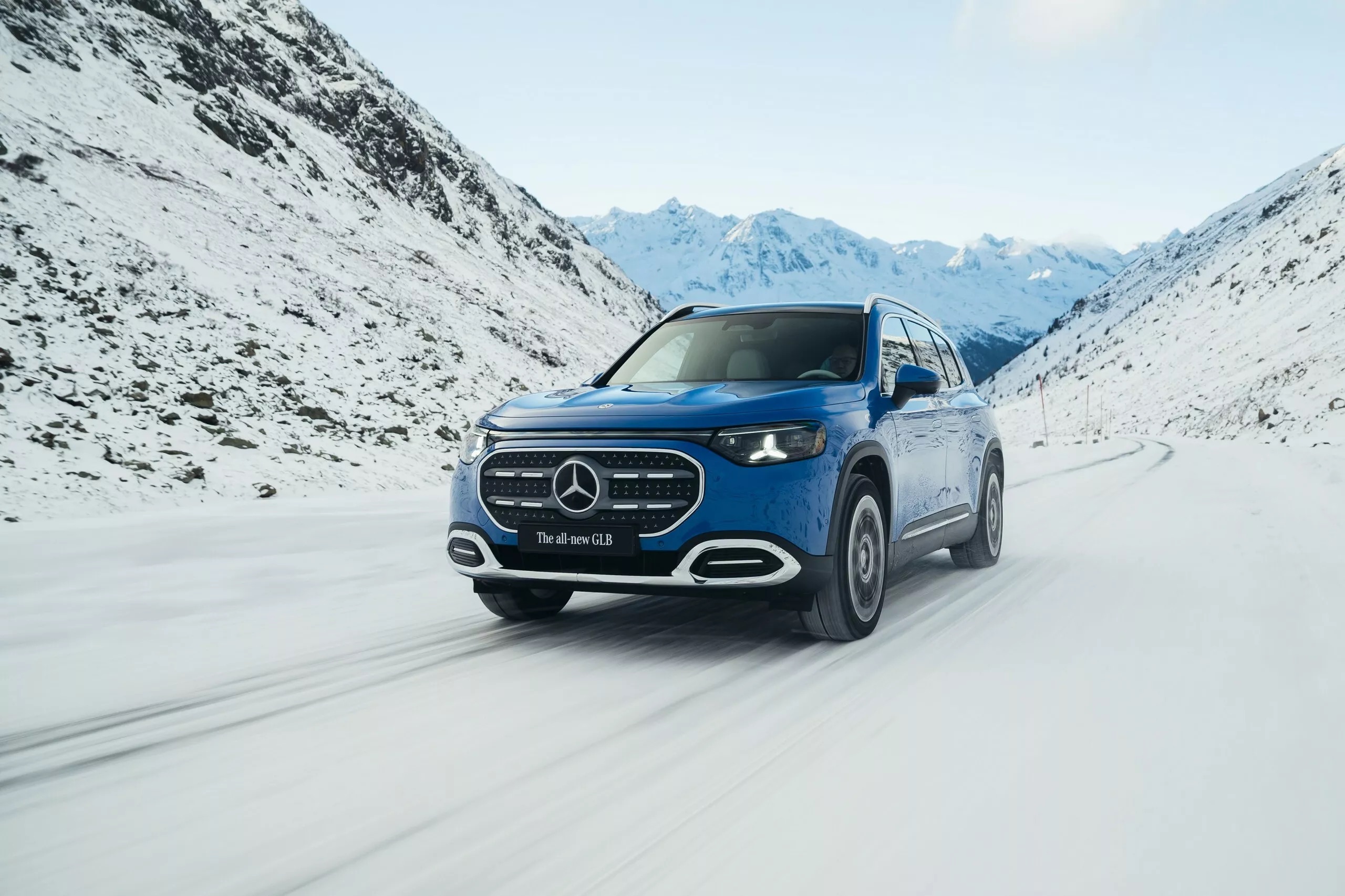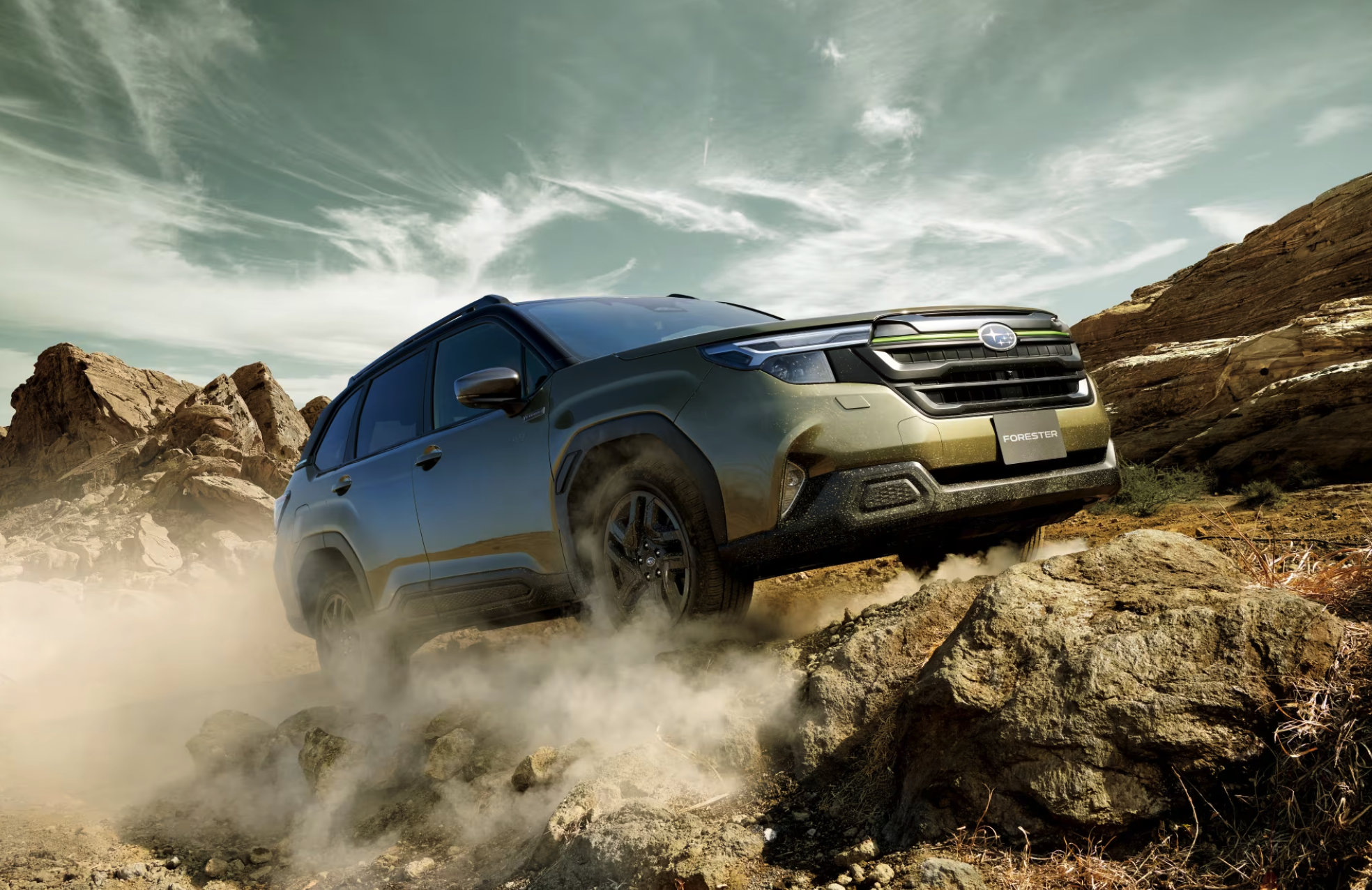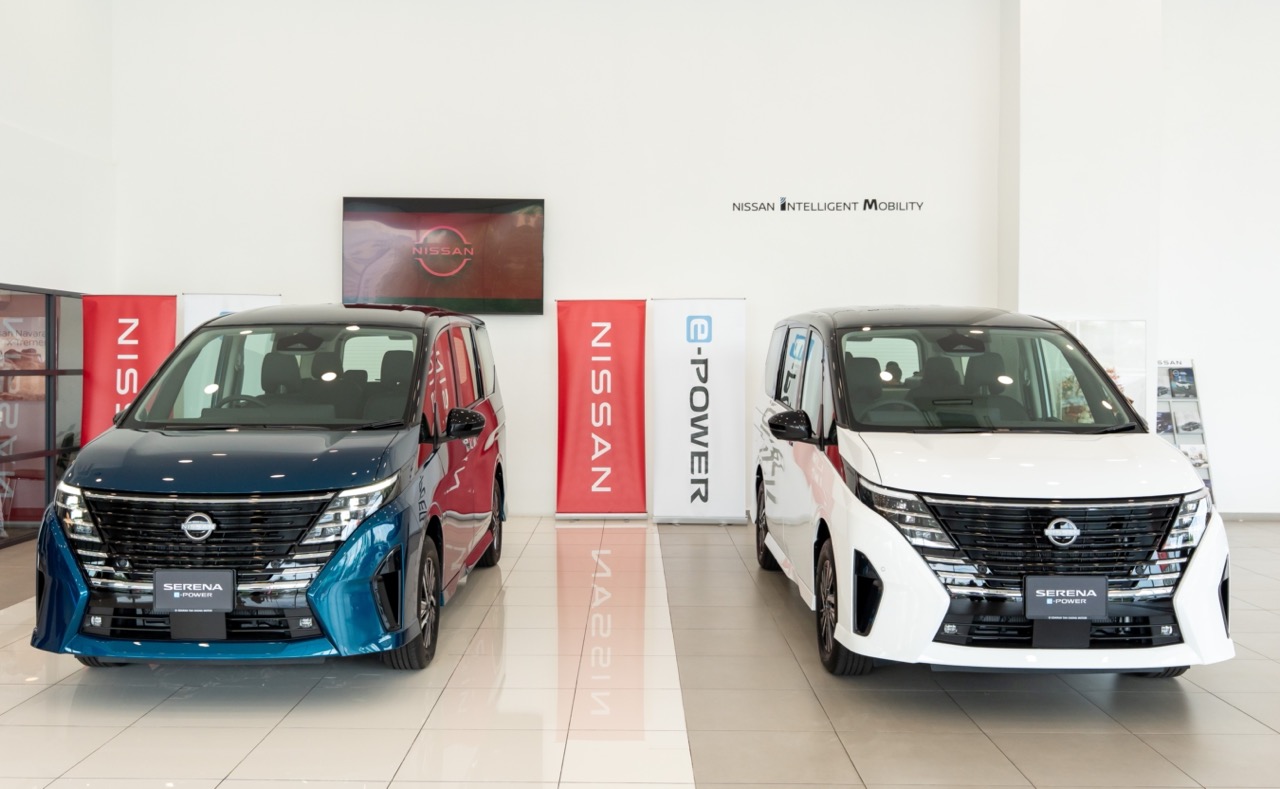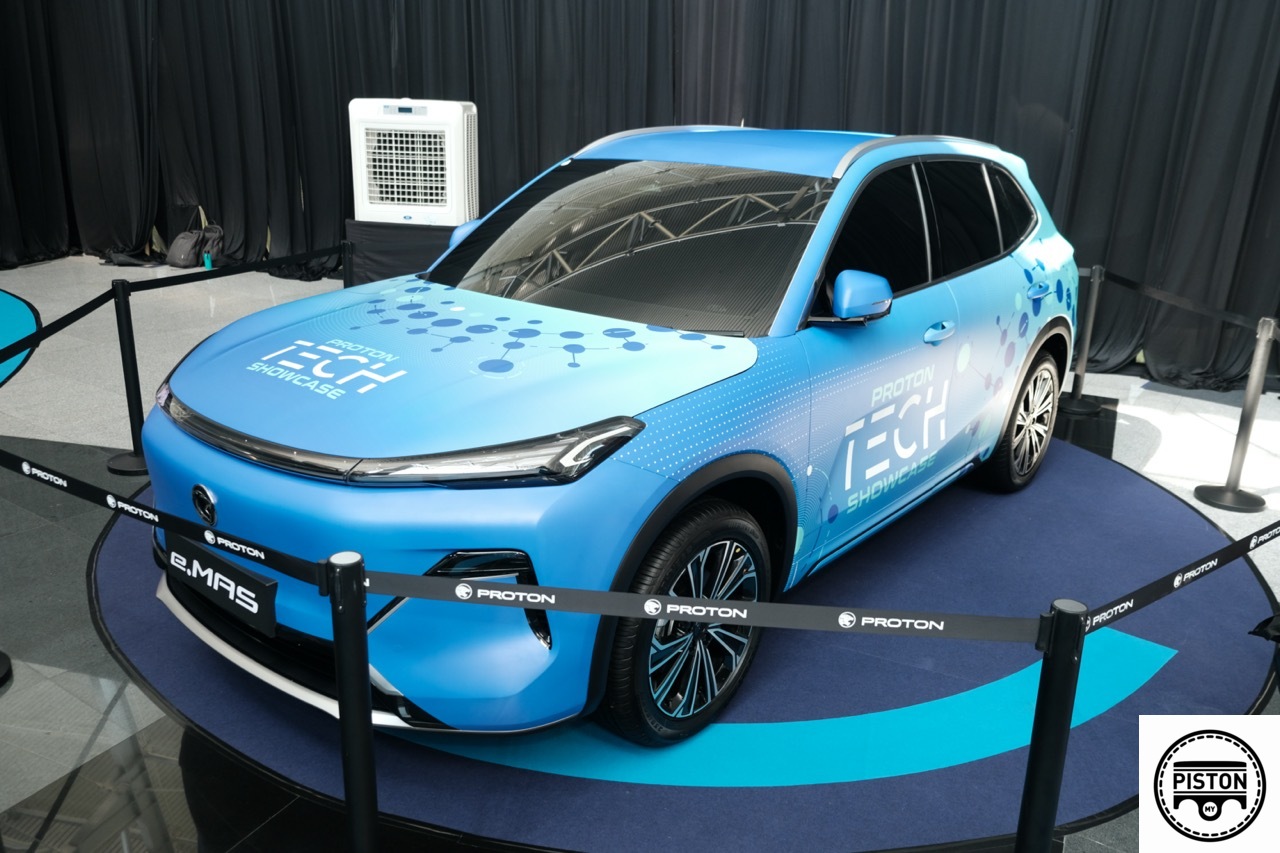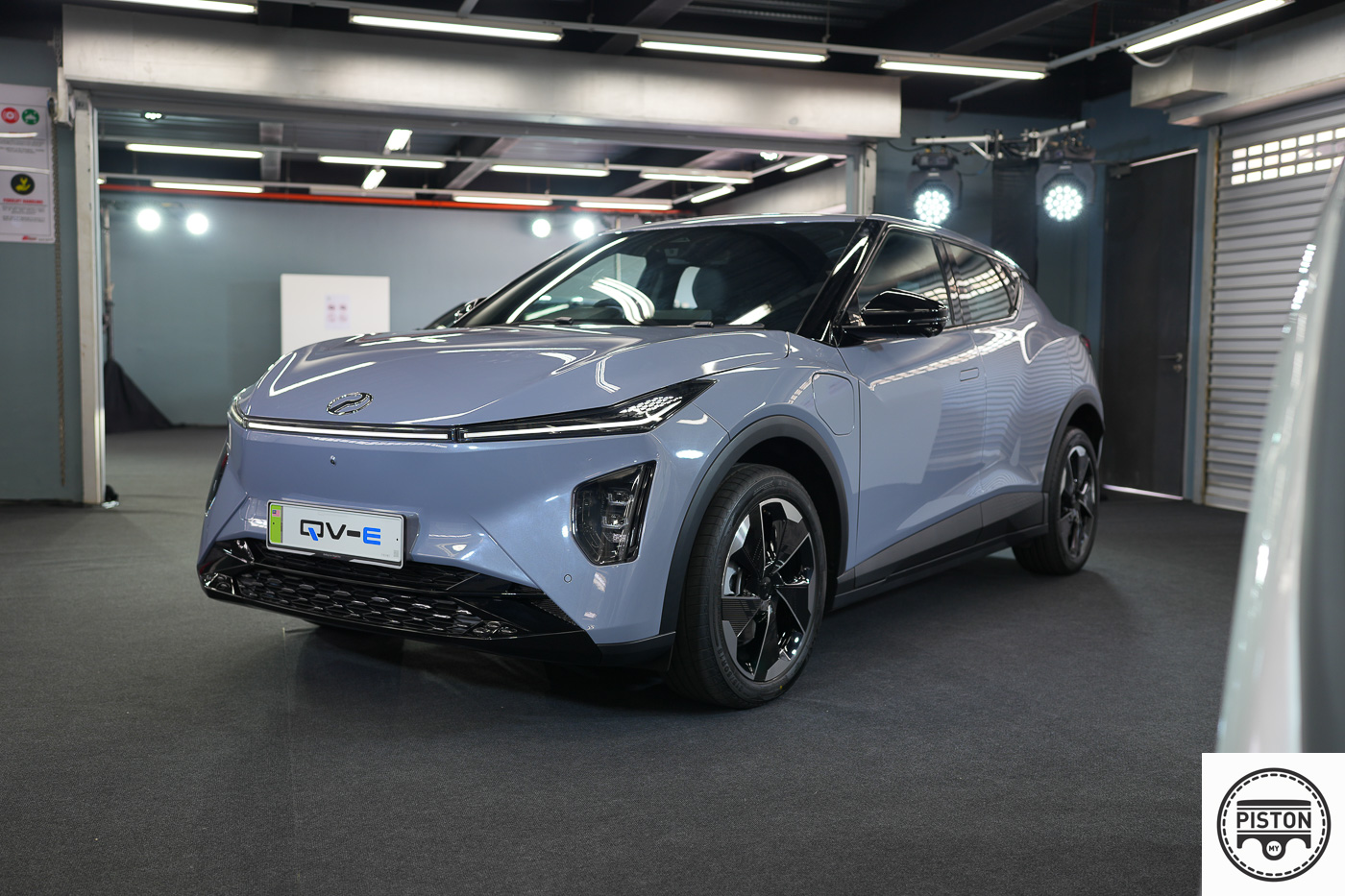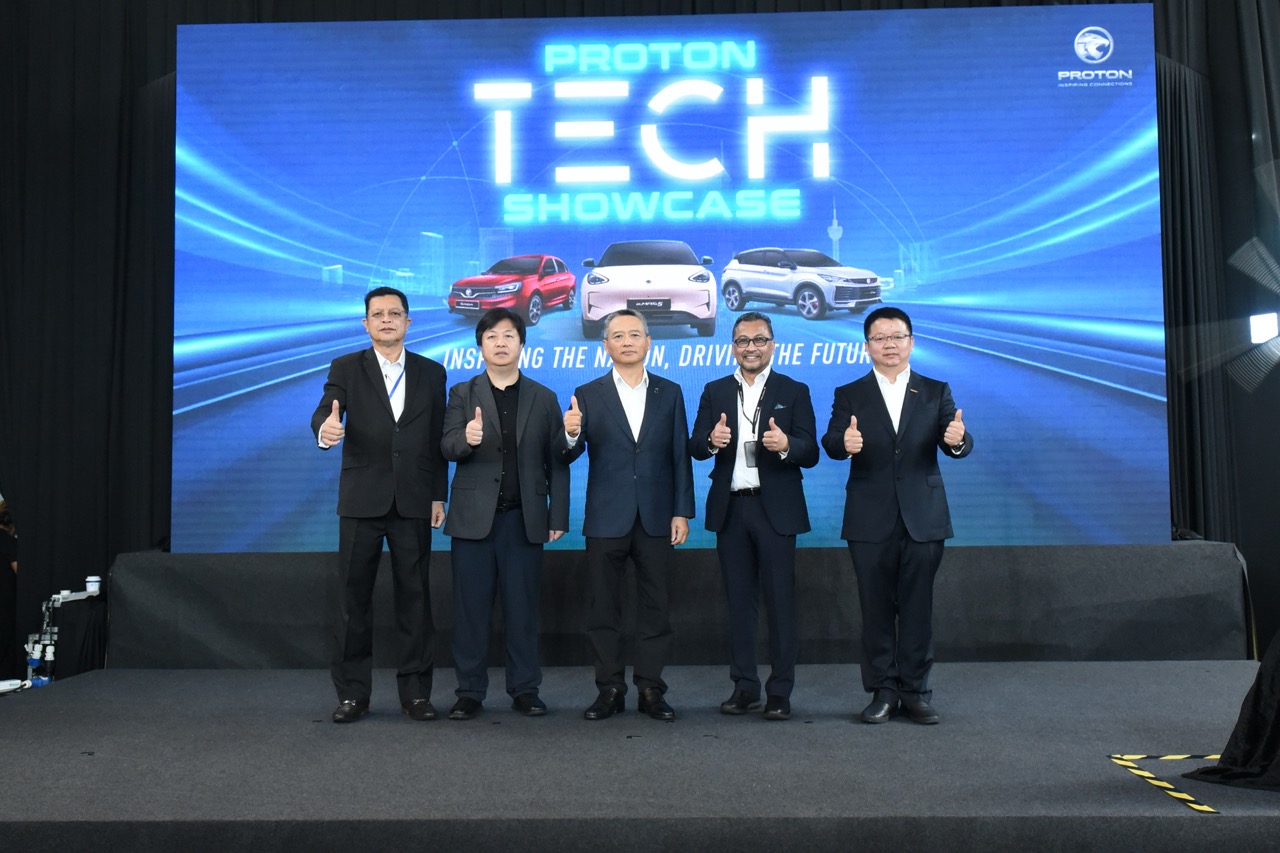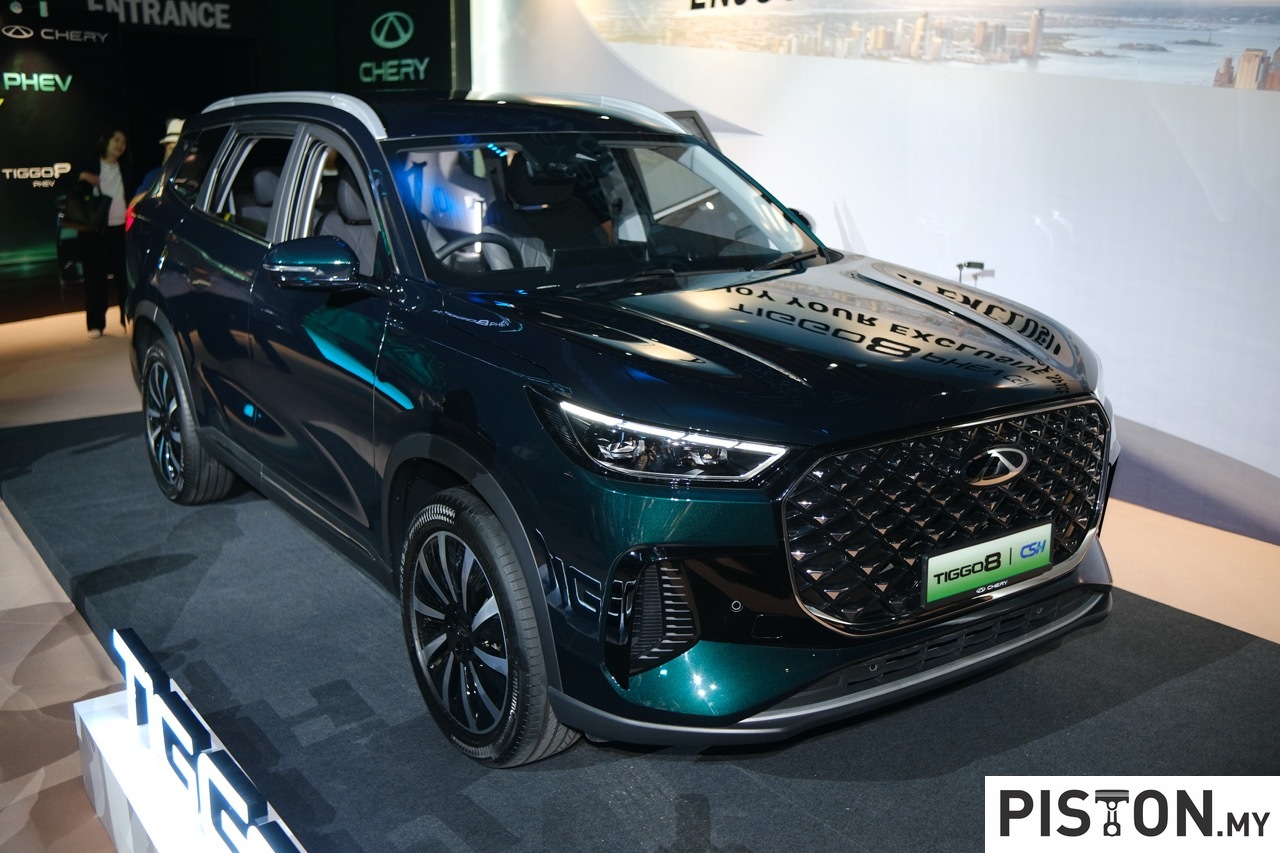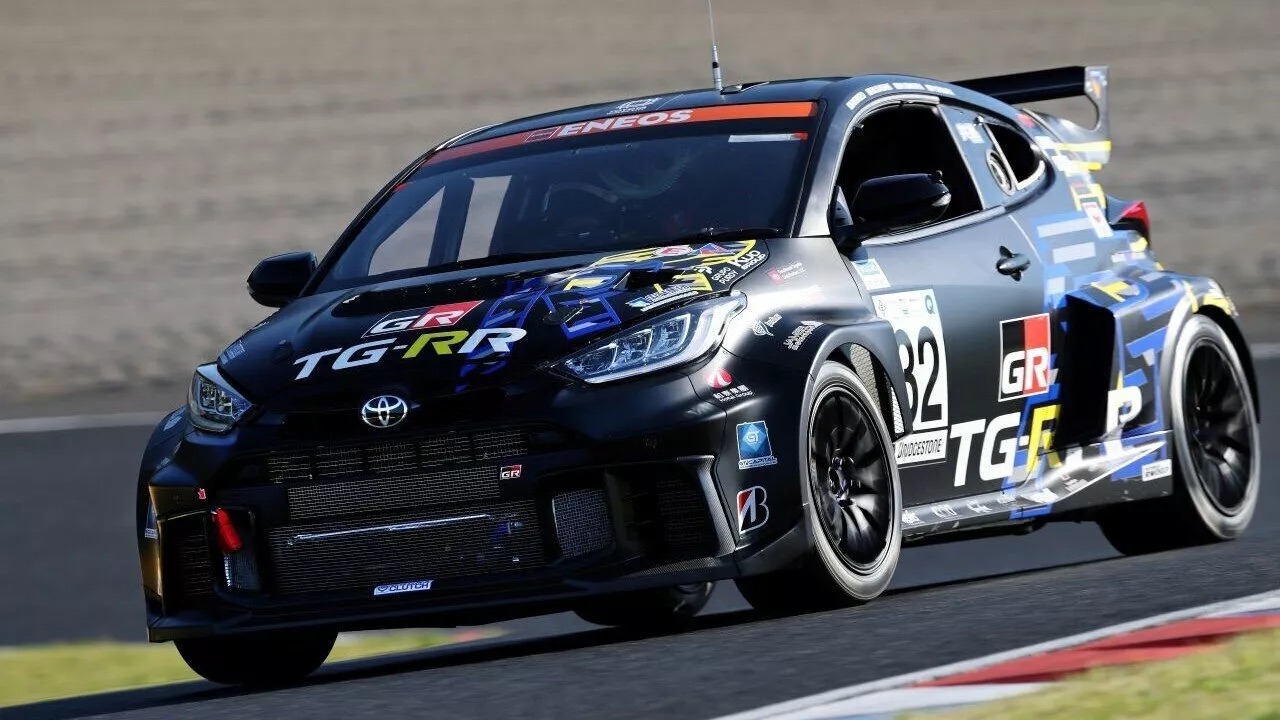Car manufacturers are now moving towards a “greener” future by producing electric vehicles (EVs) to reduce global CO2 emissions. However, if you look beyond what comes out of the vehicle’s exhaust system, there is a bigger picture to consider, as explained by Rowan Atkinson.
Some may already know that Atkinson is a gearhead with a degree in electrical and electronic engineering, along with a subsequent master’s degree in control systems. He has owned multiple classic and legendary cars such as the BMW 328, McLaren F1, 2002 Acura NSX-T, Mercedes-Benz SLS AMG, Aston Martin V8 Vantage (1977), and more. Initially, he had a love for EVs when he purchased his first electric hybrid 18 years ago and his first pure electric car nine years ago. However, he believes that EVs, while wonderful mechanisms, lack soul—a sentiment we wholeheartedly agree with.
(more…)


